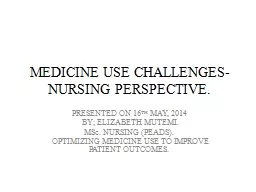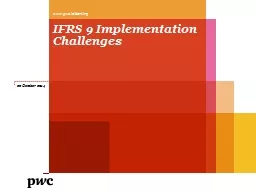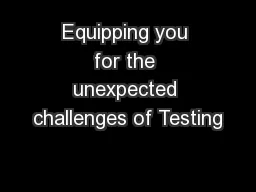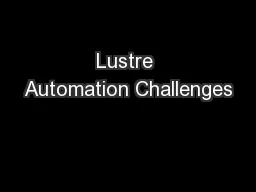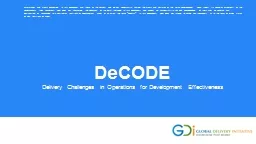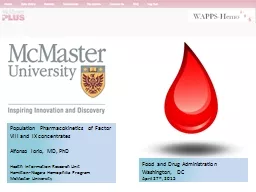PPT-Challenges in Single C
Author : eliza | Published Date : 2024-01-29
ell Sequencing Data Analysis Ion M ă ndoiu Computer Science amp Engineering Department University of Connecticut ionengruconnedu Szulwach et al httpjournalsplosorgplosonearticleid101371journalpone0135007
Presentation Embed Code
Download Presentation
Download Presentation The PPT/PDF document "Challenges in Single C" is the property of its rightful owner. Permission is granted to download and print the materials on this website for personal, non-commercial use only, and to display it on your personal computer provided you do not modify the materials and that you retain all copyright notices contained in the materials. By downloading content from our website, you accept the terms of this agreement.
Challenges in Single C: Transcript
Download Rules Of Document
"Challenges in Single C"The content belongs to its owner. You may download and print it for personal use, without modification, and keep all copyright notices. By downloading, you agree to these terms.
Related Documents


